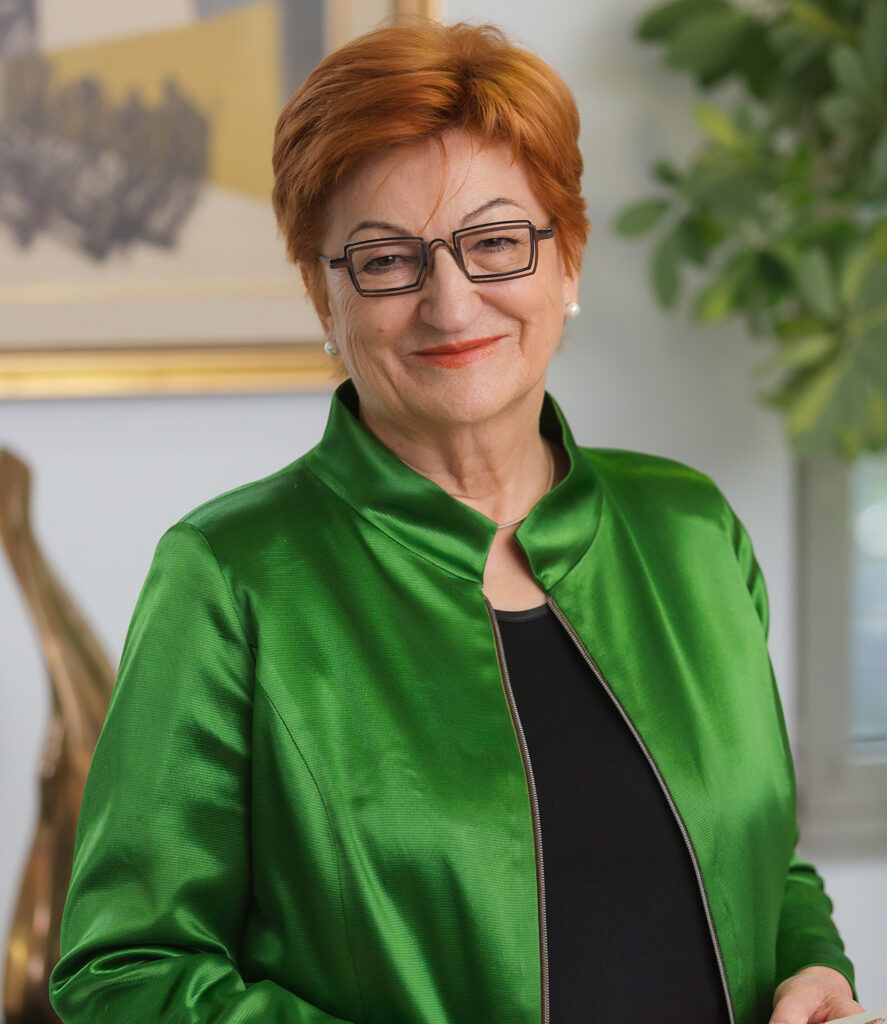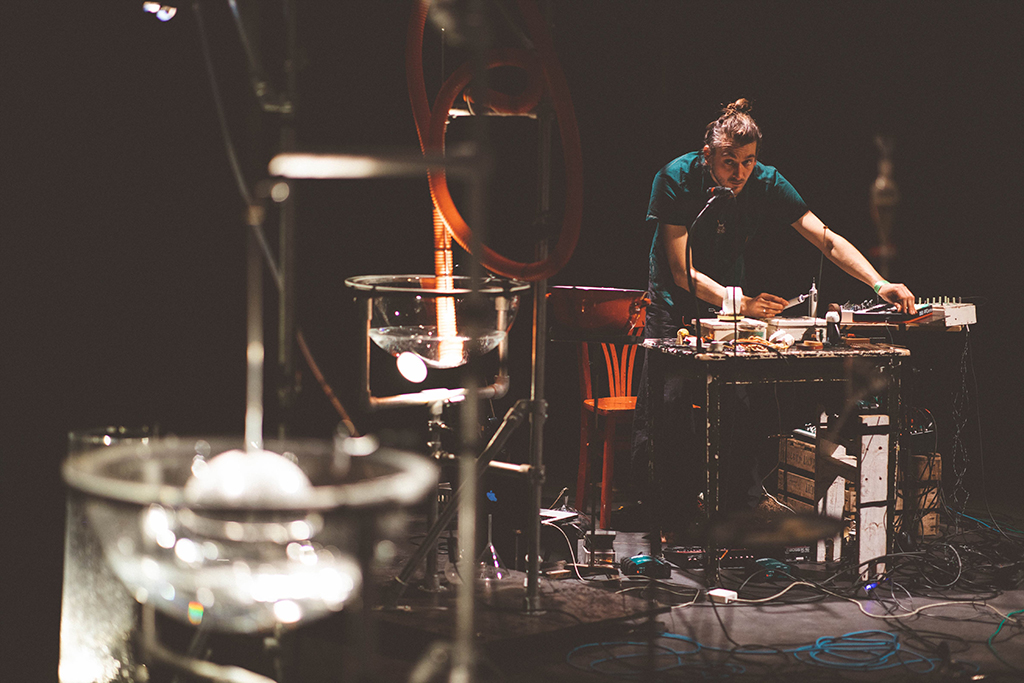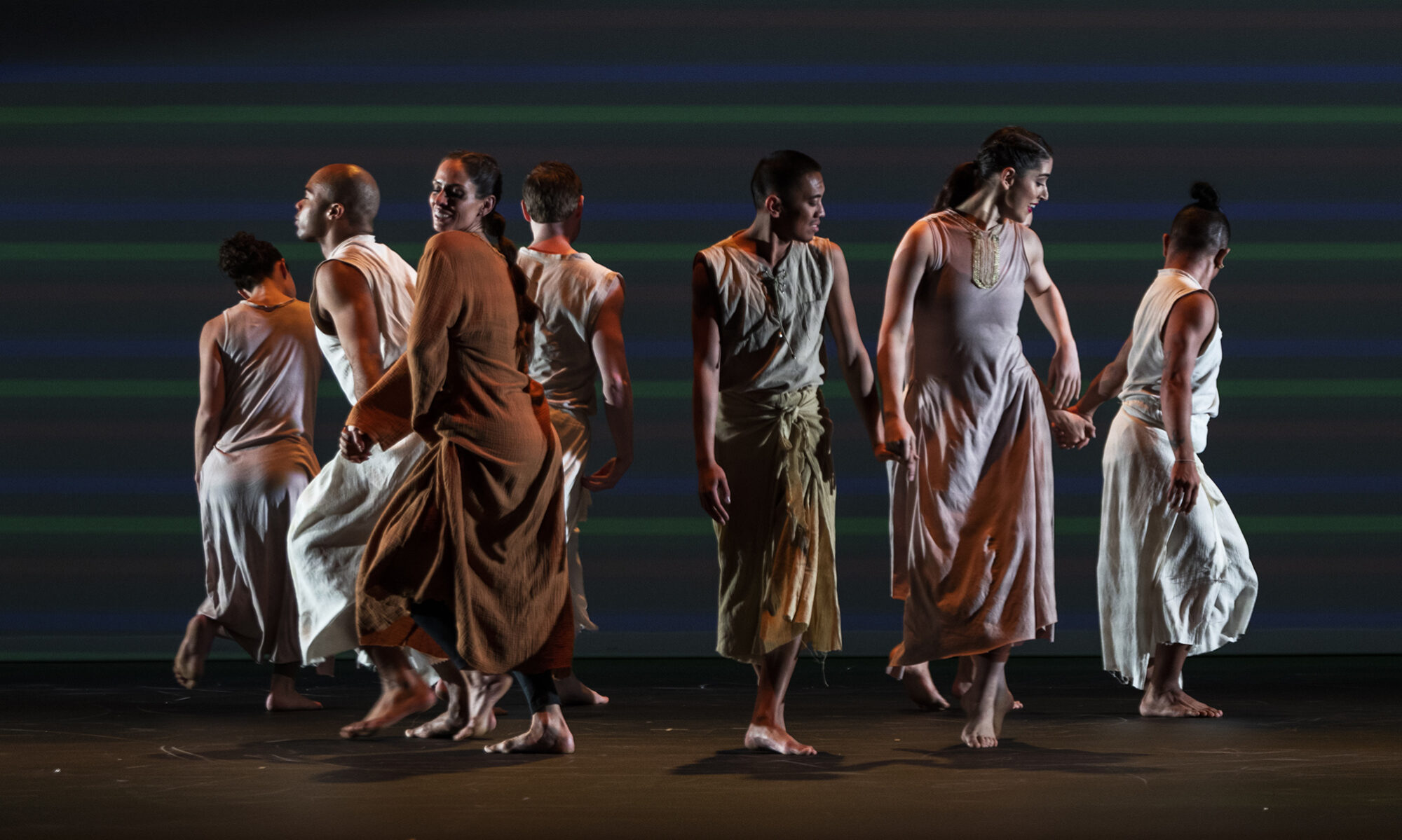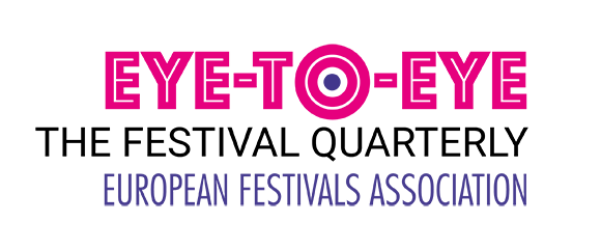Arts and business
Common features to discover

Professor Danica Purg is President of IEDC-Bled School of Management, Slovenia, and President of CEEMAN, the International Association for Management Development in Dynamic Societies. She has received numerous national and international awards for her outstanding achievements in the field of international business education. She is a professor of leadership at IEDC and has authored and co-authored several books and many articles on leadership issues. Her research focuses on looking for inspirations for managers from art and other professions and she is the holder of the Chair for Creativity and Innovation at IEDC, the school that she founded in 1986 and which is designed as an art gallery and a place where leaders come to learn and reflect.
One of the slogans of IEDC – Bled School of Management is “Creative Environment for Creative Leadership”. Therefore, the school looks as a gallery with more than 200 pieces of art. This is not made for the participants/students only, but also for employees, who are serving in various functions, closer and further away from the participants. IEDC has a small core faculty and a large group of visiting faculty from all over the world. The school is dynamic, it operates as a continuous “event”, (perhaps better as a “ship” moving in an ocean of new information and knowledge). You must have comparable experience when organising festivals, looking for “the latest and the best” for your potential customers.
We try to develop “artful” leadership, using the arts to make executives better listeners (through music), better observers (through visual arts), let them feel more and make them better communicators (through engaging choirs and asking them to direct them). We show them that you can take every decision in a “beautiful” or an “ugly” way. I could ask you, could you offer the festival’s “beauty” if you manage the organisation in an “ugly” way?
From my perspective, I look at big cultural events and festivals and have some questions:
- I see for example in Europe big demographic changes. However, festivals are mainly staying unchanged. They are attractive to the same “old” category of people.
- Are bigger festivals tend to become more affordable for a relatively small group of people or could their mission be different? Culture/art is in my view serving not only the aesthetical need, not only the entertainment but also letting people reflect, think and “wake them up”, shock them.
- Could festivals be perhaps better connected with educational institutions to enhance the impact of art (its history, meaning and processes) in the personal development of people? This could be implemented also in cooperation with the Ministries of culture and education.
- What can festivals contribute to “sustainability”? I ask myself whether it is always right (and responsible) to bring a speaker for example from Canada to Slovenia for a group of 30-40 participants. In the same way, I wonder if it is rational and responsible to for example move 200 people of the Vienna Philharmonic around the world for a relatively small public.
Now back to the Art and Business. At IEDC, business leaders learn from the arts. I believe that also the opposite is important. What can “Art” learn from business? I shall mention some important lessons that I learned from business:
- Innovations come from small focused unities and not from big organisations. Often small festivals offer the most surprising arts and are a podium for talents. Investments in “garage companies” that big companies make in order to promote innovations, could be also made in the field of culture in small and new initiatives. IEDC is in fact an example of such a relatively small and young business school that had the drive and could afford to be innovative and bring new topics as “ethics”, “art” and “sustainability” in its programmes.
- Success lies in cooperation. Companies are building an ecosystem of relevant activities, creating a set of internal and external units on a horizontal (not hierarchical) basis. The essential basis for such an organisation is “trust”. I believe this could also be the basis for your activities.
- Success lies in networking, even increasingly international networking. Business (and also Arts and festivals and events) are becoming international or even global. Even small business is often globally active and in any case, learning from global experiences. To stay informed and relevant, this obliges you to operate in various networks. You can be easily successful in networking if you can “give and get”. So, the question is, what do you have to offer?
- Success is the performance of a team. That includes all people in the business chain. This is also a reason, why small organisations, based on the input and innovation of a small number of closely cooperating people can be successful. It tells us, that we have to make the “big” organisation “small” by creating subunits, which are independently realising a relevant part of the operations and overall tasks and goals.
- Managing becomes increasingly communication, coordination and mentoring. We knew already that it is not clever to try to manage the “stars”. In the meantime, we know that this counts for everybody. Leadership or management means to create the conditions that people can perform optimally.
- Every organisation can be only successful if it is based on a corporate culture of “trust” and “respect” to be shown and seen in the behaviours of everybody related to the organisation, independent of the type of contract that people have.
- Communication (temporary and full) can prevent unnecessary “conflicts”.
- A sustainable policy is a condition for long-term success.
I hope that relations between “Arts” and “Business” and also “Business in Arts” will develop positively. I hope also that their relationship will be based on a “mindset” relation not only on an “economic” one.
This text was the contribution of Danica Purg to EFA’s 70th anniversary Arts Festivals Summit and the 70-Years-On Conversations.
Festival Life creates shared moments of audiences and artists, eye-to-eye


